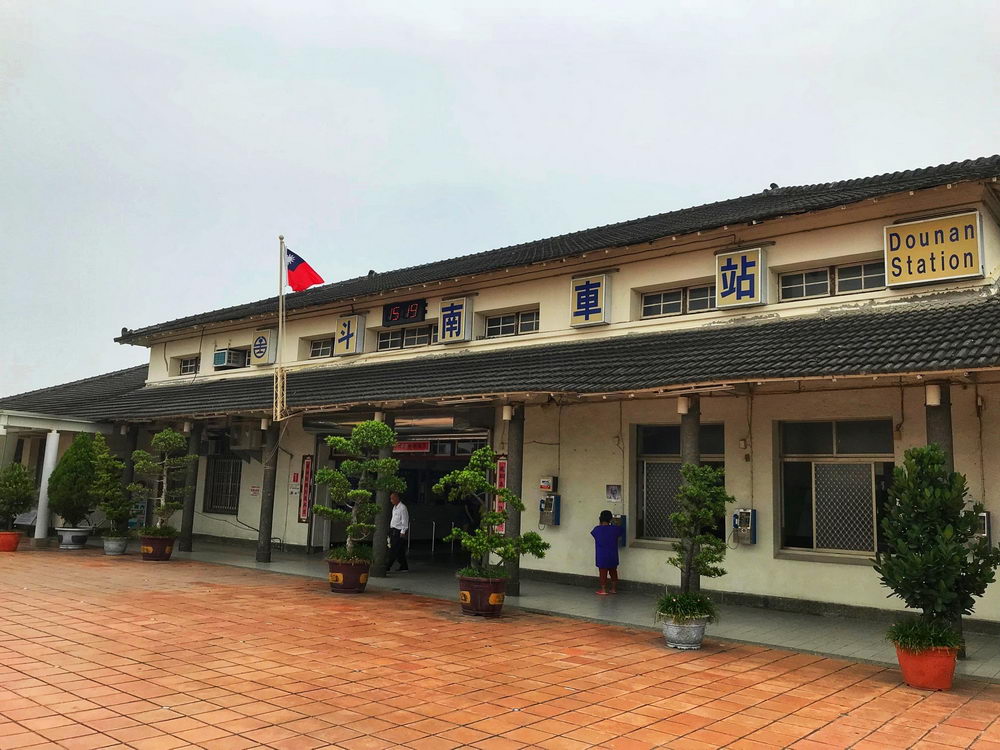DouNan Station Introduction
The last station built during the Japanese rule, Dou-Nan Station, was established in 1903 (Meiji 36) and originally named Taliwu Station. Towards the end of World War II, it was reconstructed into a brick station building, making it the last train station rebuilt during the Japanese colonial period in Taiwan. In the early days, sugar produced by the Huwei Sugar Refinery was transported through sugar rail to Dou-Nan and then distributed to the port for export via the main line. Dou-Nan Station, originally named Taliwu, had its railway service between Chiayi and Taliwu commence on December 15, 1903, with an initially simple wooden station building. On October 1, 1920 (the 9th year of the Republic), due to the local governance reform, "Taliwu" was renamed "Dou-Nan." In March 1945 (the 34th year of the Republic), it was renovated into a palace-style brick building with a sloping roof. The main body of the station features a long rectangular space with roofs of varying heights, and the hall is built in a重簷 style, topped with four sloping roofs and an eave that extends outward to form a covered walkway. By the later years of the Japanese rule, concrete-reinforced brick construction became a common feature, and due to the scarcity of building materials during the war, the number of buildings decreased, resulting in simpler facades with minimal decoration. Therefore, the architectural style of Dou-Nan Station is characterized by simplified decorations, clean geometric lines, and baseboards. The building is simple and significantly different from architectural styles of other eras. The hall of the station features a 重簷 configuration, with four sloping roofs above and an eave that extends outward to create a covered walkway, strongly showcasing the Japanese style, making it worthy of preservation.


































